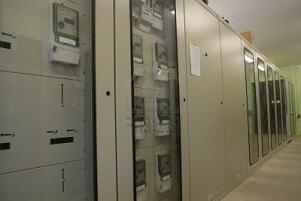Modern electronic devices cannot do without protection against unacceptably low or high voltage of the supply network. To implement these functions, a variety of threshold schemes have been developed. The principle of their operation is based on a device called a voltage relay. In addition to the protective functions, such schemes are used in the automation of production processes, they can be found in household appliances, they are successfully used in the automotive industry, etc. The use of a voltage relay has long been a sign of good design in the development of electrical and electronic circuits.

Let's look at some examples of using such devices. Overvoltage or its loss is a serious problem, in case of power failure all the electronics will fail with various consequences. When you turn on powerful engines in production, a short-term drawdown of the supply network can occur, which will negatively affect the operation of all devices. Failure in the operation of electronic circuits involved in the management will lead to the creation of emergency situations and the shutdown of the entire production line. Overvoltage will also lead to negative consequences. In this case, voltage relays are used to minimize losses. They are compact, reliable in operation and differ only in basic elements.
They work according to the following principle. If the actual voltage exceeds the setting, then a
voltage relay is activated
, which protects the circuit. According to the same principle, protection schemes work in the event of an unacceptable drawdown of the supply network.
Separately, you can consider the use of such devices in the automotive industry. They monitor the condition of the on-board network and prevent the voltage from rising above a predetermined level. This is usually accomplished by limiting the current of the stator winding of the generator, which energizes the battery when the engine is turned on.
Currently, serial production of such devices has been established. For example,
a single -
phase voltage relay RN-111 is designed to disconnect consumers with unacceptable fluctuations in the supply network. After restoring all the parameters, it will automatically turn on.
The relay has an indication of the presence of power, which simplifies troubleshooting. In addition, potentiometers are installed on the front side to set the minimum and maximum operating voltage. It also provides visual control over relay parameters and simplifies initial setup. There is also a delay in response to short-term fluctuations in the network. In addition to overvoltage protection, it also functions as a undervoltage relay. A large number of changeover contacts allows you to use them both for protective shutdown, as well as in control and automation circuits.
In addition to relay protection, there are various electronic circuits that perform the same function. The advantages of such schemes include high sensitivity and speed. The disadvantages are the difficulty in manufacturing and low reliability.